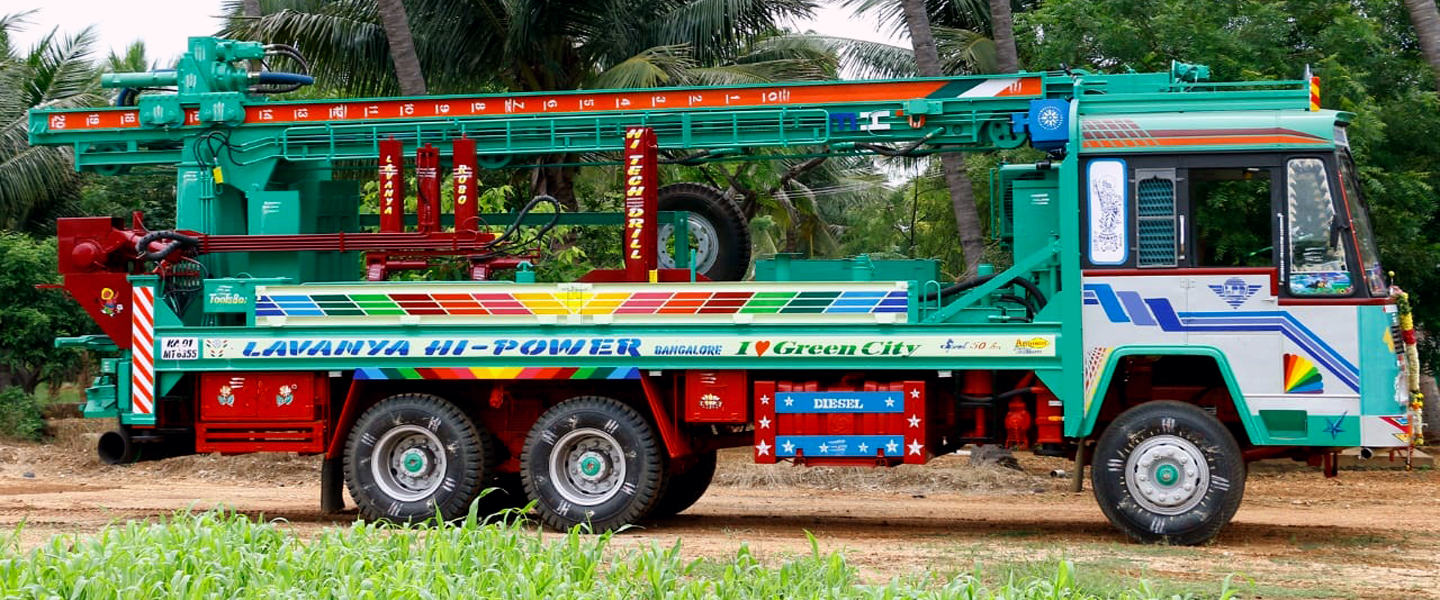
The very first thing that needs to be determined is where the water is, and how we’re going to get to it.
That’s why we employ hydro-geologists who make use of a variety of Borewell drilling methods to assess the geophysical properties of the underlying area.
These are the guys that help us ensure we’re not drilling into natural hazards or man-made infrastructure (pipelines, cables, phone lines, etc).
Once the hydro-geologists have helped us prep a path for Borewell drilling, we follow through and construct the Borewell.
It’s not as easy as Moses and the rock, unfortunately, and, contrary to popular belief, an endless supply of water won’t just surge to the surface following the drilling of the Borewell; there are still steps to follow and processes to be completed.
Once the Borewell has been drilled the necessary unstable lengths of the Borewell are steel cased in an effort to reinforce the ‘tube’.
In order to most accurately gauge the yield of a domestic water Borewell an aquifer test is performed.
This involves installing a test pump and pumping Borewell water for a fixed set of variables; a given time at a given rate, and then assessing the test’s impact on the water level in the Borewell.
Maximum yield is achieved by increasing the abstraction rate, ensuring optimum drawdown of water in the Borewell.
The kind of pumping system and piping installed in your new domestic water Borewell will largely depend on the intended use of the Borewell water.
For more information, or to make an appointment to start the process, feel free to contact us via the particulars provided on our Contact page.
